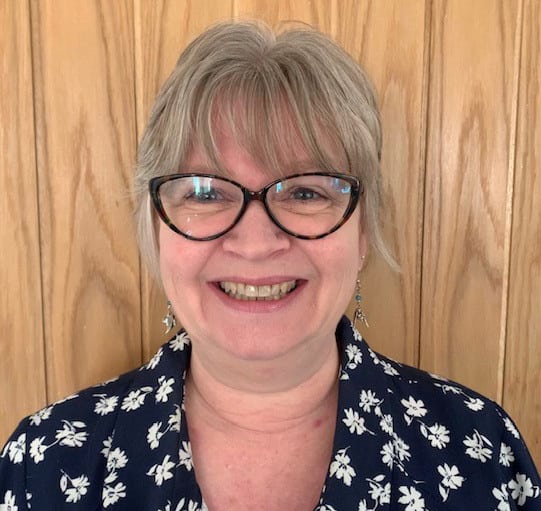EXCLUSIVE: How Waltham Forest Council put the customer back into the heart of its Blue Badge service

Georgianna Young, Customer Service and Business Support Manager at Waltham Forest Council, discusses how overhauling an outdated Blue Badge scheme application process with a user-friendly platform with 24/7 visibility has significantly improved customer service at the council.
The Blue Badge scheme is a key service to so many people, providing great support and enabling accessibility for people with a disability or mobility issues. However, the Blue Badge application and renewal process can be off-putting and stressful.
Sitting within our Customer Service Directorate, the service was something that, on joining Waltham Forest Council as a Manager of the Families Business Hub, myself and my team wanted to change.
The council processes around 4,000 Blue Badge applications a year, which compared to other authorities isn’t many, but that doesn’t detract from our desire to provide the best applicant experience possible.
An out-of-date application process
Having joined the council in May last year, one of the first tasks my head of service gave me was to look at data and reporting for all the teams within my area.
My background is mobility, so I was naturally drawn to this service as one of the first areas to dive into. As it’s something that I was already familiar with, I knew what I was looking for in a well-managed service, and anybody involved in concessionary travel knows what an emotive subject this is to residents, councillors, and MPs.
As soon as we began looking into the data of the service, alarm bells rang immediately.
It was clear that we weren’t meeting the expectations of our applicants, and we were providing a poor customer experience. There were high call volumes into our contact centre around the service, and sadly, the large volume of complaints received were not only from residents but also from elected members and MPs.
I saw feedback from frustrated customers that they simply didn’t know what was going on. They would submit their application to us and then hear nothing.
Equally there were challenges for the team. There was no visibility of how many applications there were in progress, and I had no idea at what stage within the process they were at. Were they waiting for payments? Are we waiting for information? Had we received payment and not issued? There was a complete lack of clarity around workflow.
It was very difficult for us to do any kind of quality control measuring on what we were doing, and we didn’t really understand or know where to look because of the disorganisation.
Creating better visibility
Things had to change, and, in 2021, we took our first step by procuring IEG4’s Digital Concessionary Travel System, selecting this solution for its ability to address our challenges that needed fixing for our residents.
We needed the ability for our customers to see the progress of their applications: a self-service portal where they could have 24/7 visibility, tracking and support. There was also a desire to reduce call volumes, thereby avoiding unnecessary contact, and the portal facilitated that by directing and encouraging people to make enquiries online.
We were also operating through historic processes. Although 90 percent of our applications came in online, we still had an enormous amount of paper forms to deal with. So, I wanted to try and capture data in a way that would reduce that even further.
We also wanted powerful case management for the team with dynamic workflows that enabled everyone to see exactly what was happening at each stage and when, with just a few clicks.
A lot of local authorities will recommend 12 weeks for the processing of an application, but I believe this is outrageous. When you consider that a simple plastic badge could be the difference between somebody leaving their home or not, 12 weeks to process an application is, in my eyes, unacceptable.
I had to look at how we could track performance against my processing time. What targets can we set so that every time we touch an application, the wait for feedback won’t exceed two days? Our customers deserve that quality of service.
With the concessionary travel platform, we found a solution that managed to join these elements together.
Putting everything into place
When it came to implementation, I had to be clear about what we wanted and needed to gain the support of the wider council.
The service provider team was instrumental in pulling together information around the architecture and security in order for us to create a clear plan for our technical design team. The information they provided was second to none.
Our project started late August 2021 completing procurement two months later and we went live with the solution on the 16 of December. Go-live was quick, painless, and very well supported.
Although live, a project team continues to check in with me regularly, and to this day I still feel like I have their guidance whenever needed.
We’re not finished yet. We’re still on a journey.
Now we’re live with the new Blue Badge application process. It’s been a storming success with our customers and with our team. Next, we’re going to start work on freedom passes with taxi cards to follow shortly after.
Overall, my experience with working with a concessionary travel platform has been nothing but positive. The software is incredibly user friendly and easy to learn, and the team are always on hand to support when required.
Blue Badge is such an important service to so many, and, as a result, it requires a trustworthy and robust solution to ensure that customer expectations can not only be met, but they can be exceeded, something that we can now say we are achieving.

